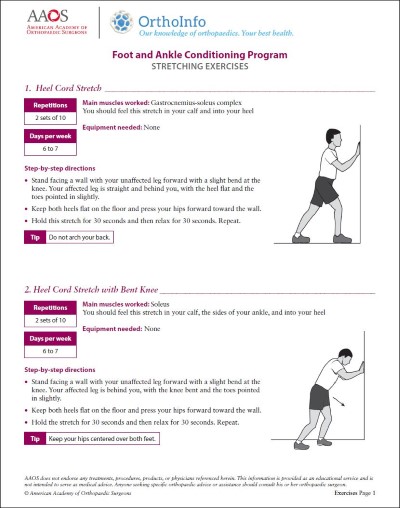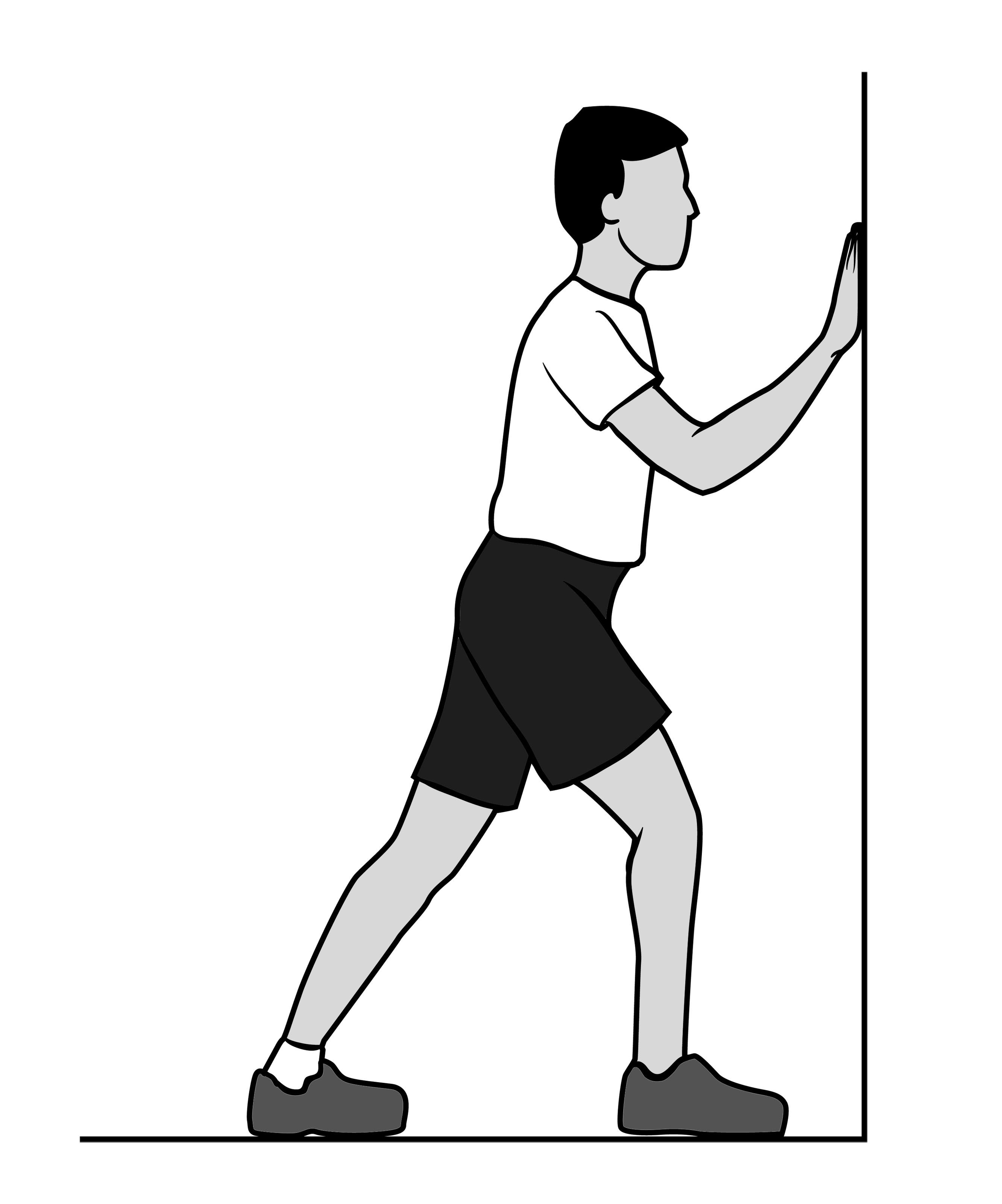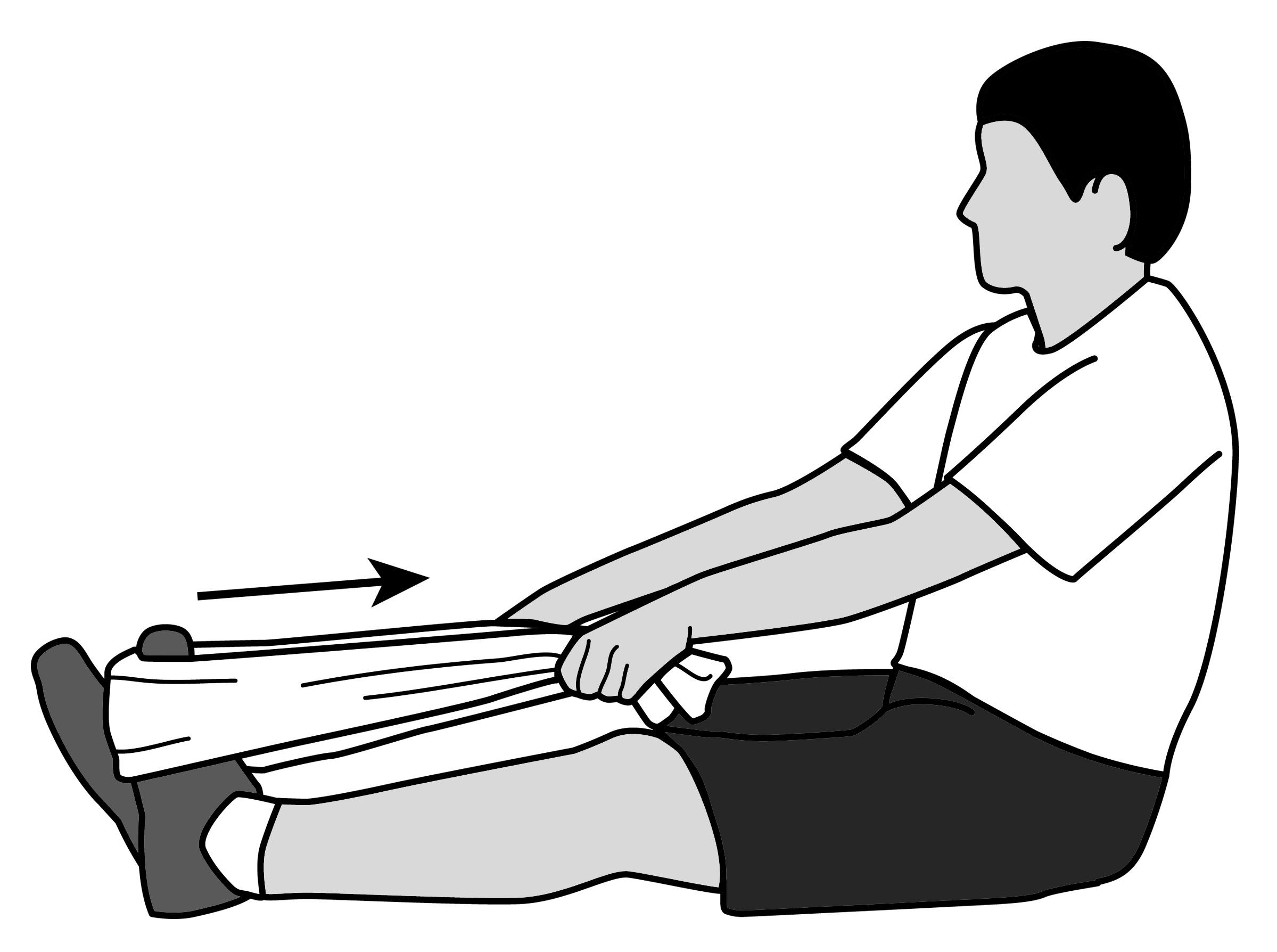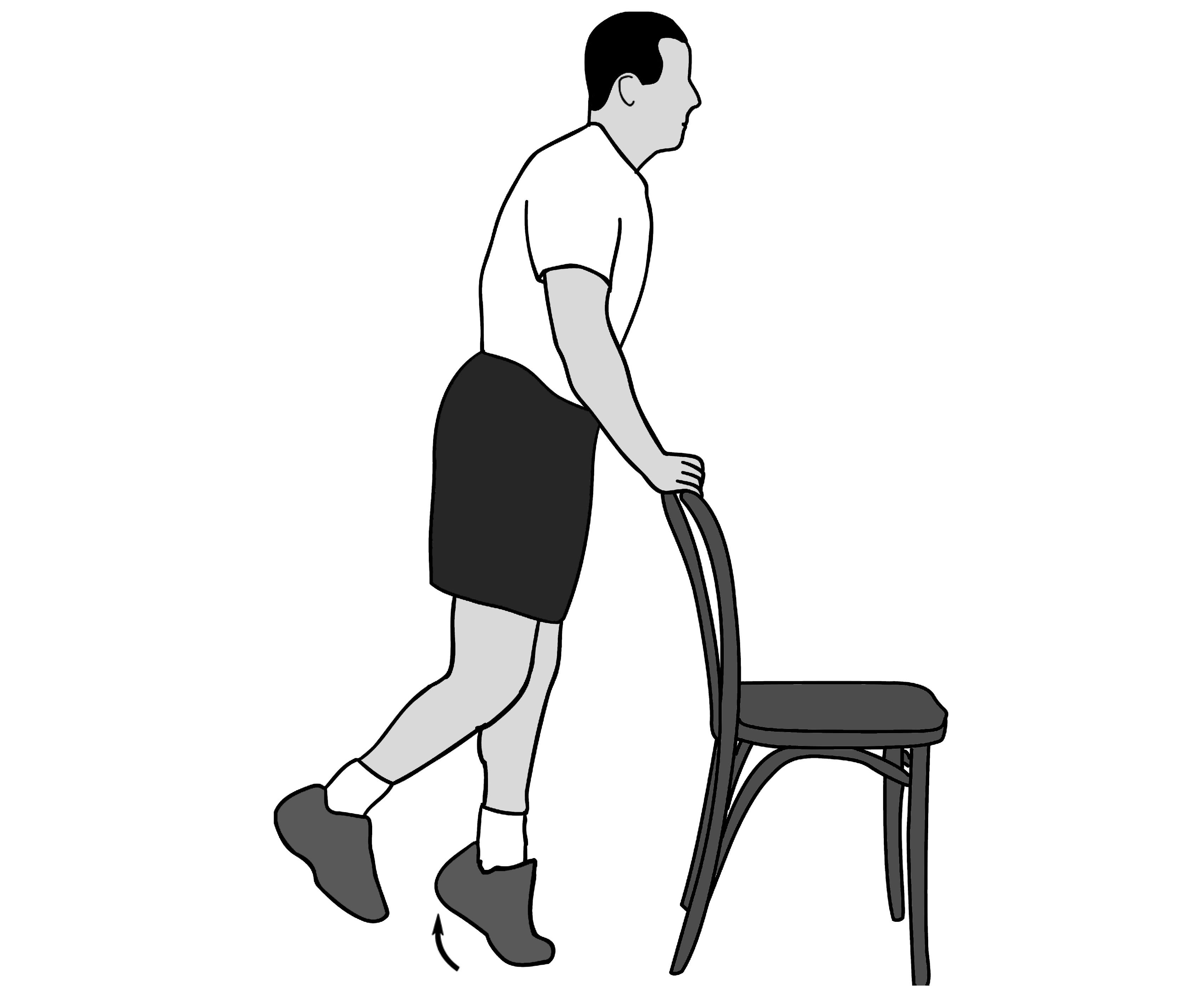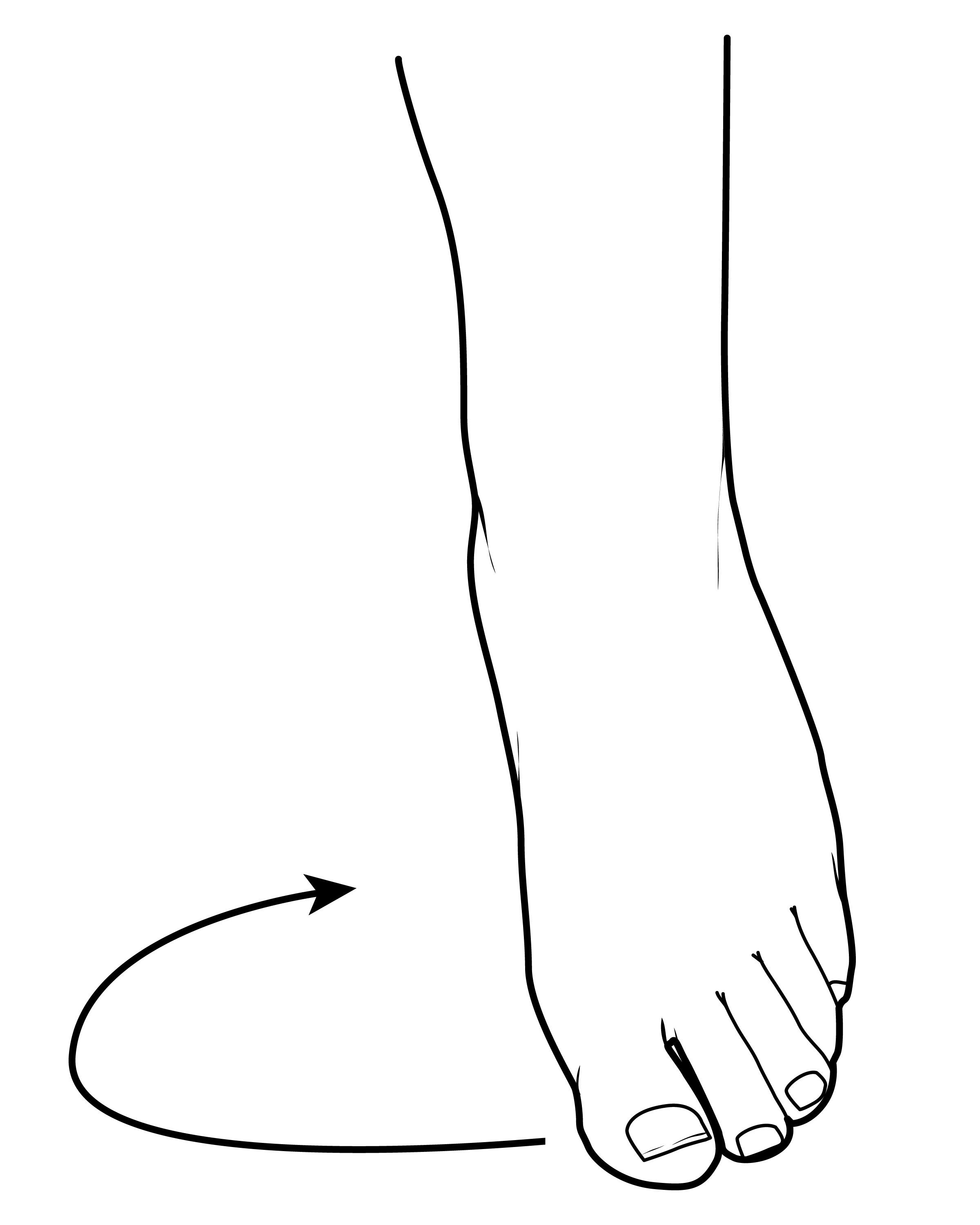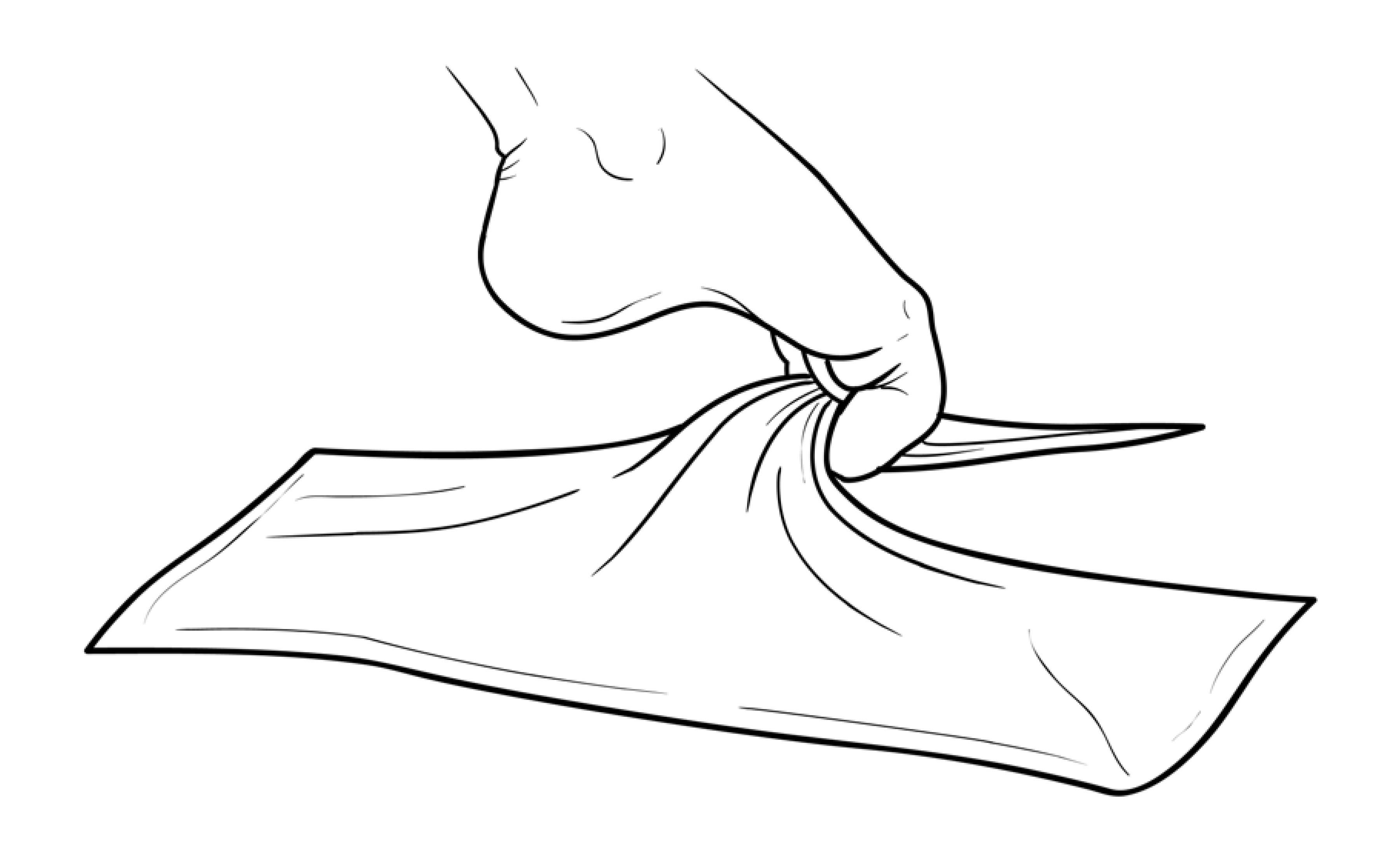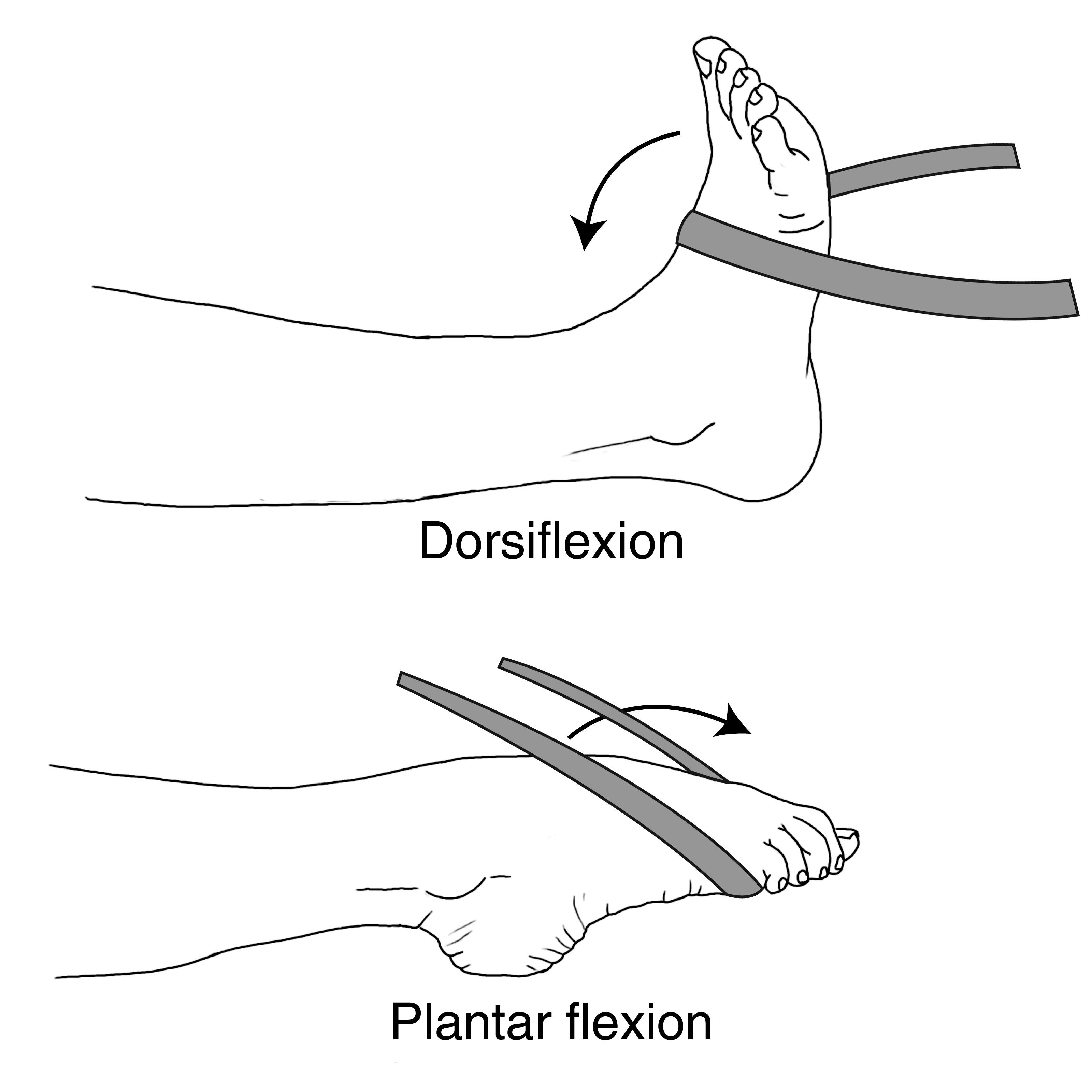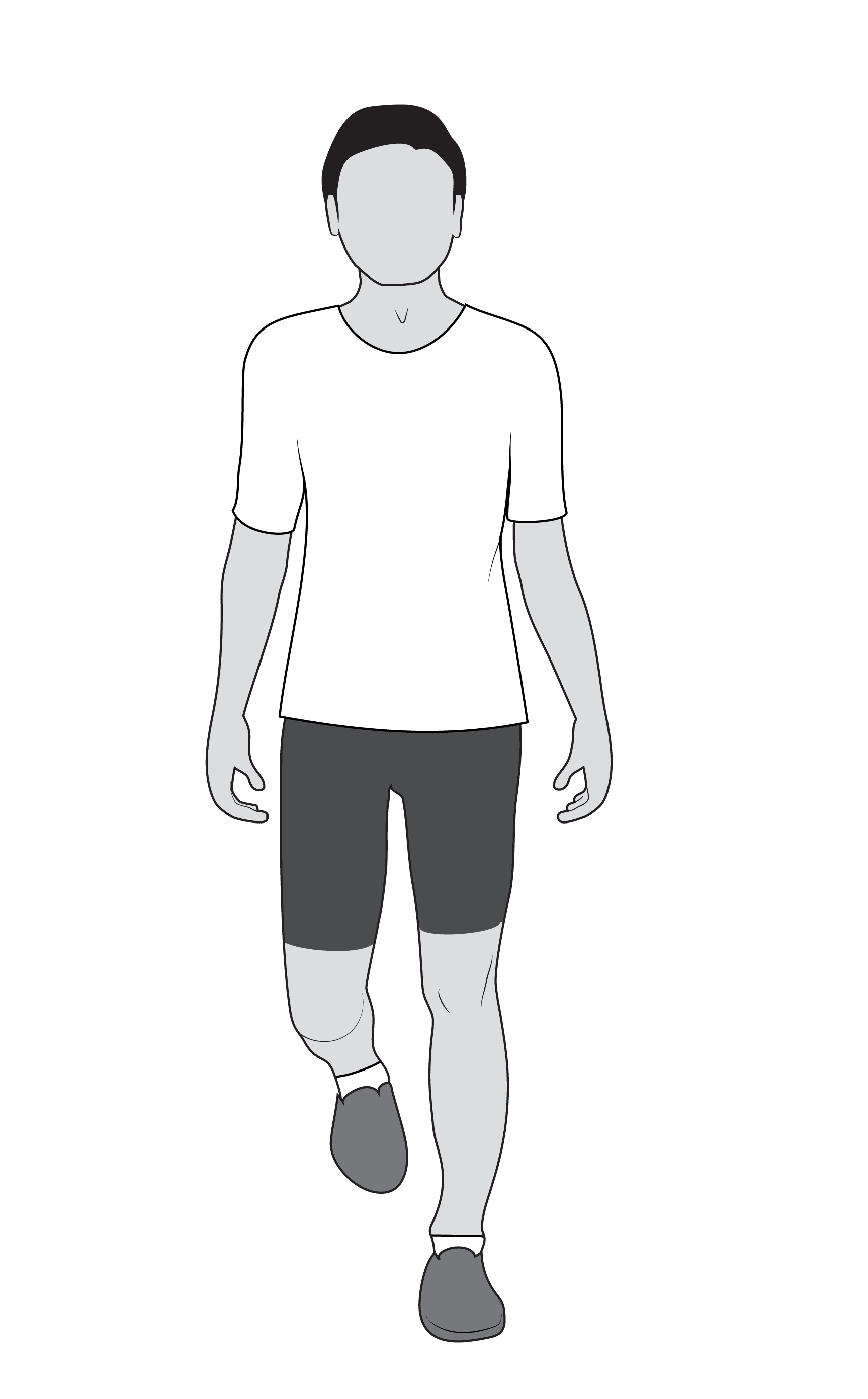Recovery
Foot and Ankle Conditioning Program
Purpose of Program
After an injury or surgery, an exercise conditioning program will help you return to daily activities and enjoy a more active, healthy lifestyle. Following a well-structured conditioning program will also help you return to sports and other recreational activities.
This is a general conditioning program that provides a wide range of exercises. To ensure that the program is safe and effective for you, it should be performed under your doctor's supervision. Talk to your doctor or physical therapist about which exercises will best help you meet your rehabilitation goals.
Strength: Strengthening the muscles that support your lower leg, foot, and ankle will help keep your ankle joint stable. Keeping these muscles strong can relieve foot and ankle pain, prevent further injury, and promote lower limb health and stability.
Flexibility: Stretching the muscles that you strengthen is important for restoring range of motion and preventing injury. Gently stretching after strengthening exercises can help reduce muscle soreness and aid in joint mobility and muscle health.
Target Muscles: The muscle groups of the lower leg are targeted in this conditioning program, as well as the tendons and ligaments that control movement in your feet. These include:
- Gastrocnemius-soleus complex (calf)
- Anterior tibialis (shin)
- Posterior tibialis (center of calf)
- Peroneus longus (outside of lower calf)
- Peroneus brevis (outside of lower calf)
- Plantar fascia (bottom of foot)
Length of program: This foot and ankle conditioning program should be continued for 4 to 6 weeks, unless otherwise specified by your doctor or physical therapist. After your recovery, these exercises can be continued as a maintenance program for lifelong protection and health of your feet and lower legs. Performing the exercises 3 to 5 days a week will maintain strength and range of motion in your foot and ankle.
Getting Started
Warm up: Before doing the following exercises, warm up with 5 to 10 minutes of low impact activity, like walking or riding a stationary bicycle.
Stretch: After the warm-up, do the stretching exercises shown on Page 1 before moving on to the strengthening exercises. When you have completed the strengthening exercises, repeat the stretching exercises to end the program.
Do not ignore pain: You should not feel pain during an exercise. Talk to your doctor or physical therapist if you have any pain while exercising.
Ask questions: If you are not sure how or how often to do an exercise, or if something does not feel right, contact your doctor or physical therapist.
1. Heel Cord Stretch
Repetitions 2 sets of 10
Days per week 6 to 7
Main muscles worked: Gastrocnemius-soleus complex
You should feel this stretch in your calf and into your heel
Equipment needed: None
Step-by-step directions
- Stand facing a wall with your unaffected leg forward with a slight bend at the knee. Your affected leg is straight and behind you, with the heel flat and the toes pointed in slightly.
- Keep both heels flat on the floor and press your hips forward toward the wall.
- Hold this stretch for 30 seconds, then relax for 30 seconds. Repeat.
Tip Do not arch your back.
2. Heel Cord Stretch with Bent Knee
Repetitions 2 sets of 10
Days per week 6 to 7
Main muscles worked: Soleus
You should feel this stretch in your calf, the sides of your ankle, and into your heel
Equipment needed: None
Step-by-step directions
- Stand facing a wall with your unaffected leg forward with a slight bend at the knee. Your affected leg is behind you, with the knee bent and the toes pointed in slightly.
- Keep both heels flat on the floor and press your hips forward toward the wall.
- Hold the stretch for 30 seconds, then relax for 30 seconds. Repeat.
Tip Keep your hips centered over both feet.
3. Golf Ball Roll
Repetitions 1
Days per week Daily
Main muscles worked: Plantar fascia
You should feel this exercise along the bottom of your foot
Equipment needed: Golf ball (other options: tennis ball or frozen water bottle)
Step-by-step directions
- Sit on a stable chair with both feet planted on the floor.
- Roll a golf ball under the arch of your affected foot for 2 minutes.
Tip Sit up tall and keep your foot toward your chair.
4. Towel Stretch
Repetitions 2 sets of 10
Days per week 6 to 7
Main muscles worked: Gastrocnemius-soleus complex
You should feel this stretch in your calf and into your heel
Equipment needed: Hand towel
Step-by-step directions
- Sit on the floor with both legs out in front of you. You may also do this exercise while sitting in a chair.
- Loop a towel around the ball of your affected foot and grasp the ends of the towel in your hands.
- Keep your affected leg straight and pull the towel toward you.
- Hold for 30 seconds, then relax for 30 seconds. Repeat.
Tip Sit up tall and keep your legs straight.
5. Calf Raises (Two-Legged or One-Legged)
Repetitions 2 sets of 10
Days per week 6 to 7
Main muscles worked: Gastrocnemius-soleus complex
You should feel this exercise in your calf
Equipment needed: Chair for support
Step-by-step directions
- Stand with your weight evenly distributed over both feet. Hold onto the back of a chair or a wall for balance.
- If you are doing two-legged raises, keep both feet on the floor. If you are doing one-legged raises, lift your unaffected foot off of the floor so that all of your weight is placed on your affected foot. Keep the leg(s) you are standing on straight.
- Raise both heels (for two-legged raises) or just the heel of your affected foot (for one-legged raises) as high as you can, then lower.
- Repeat.
Tip Your doctor may have you start off doing two-legged raises. As your condition improves, you may transition to placing more weight on your affected foot, with the goal of eventually being able to lift your unaffected foot completely off the floor so all of your weight is on your affected foot.
6. Ankle Range of Motion
Repetitions 2 sets
Days per week Daily
Main muscles worked: All ankle musculature
You should feel this exercise at the top of your foot and throughout your ankle
Equipment needed: None
Step-by-step directions
- Sit down so that your feet do not touch the floor.
- Use your foot to write each letter of the alphabet in the air. Lead with your big toe.
Tip Keep the movements small, using just your foot and ankle.
7. Marble Pickup
Repetitions 20
Days per week Daily
Main muscles worked: Plantar flexors
You should feel this exercise at the top of your foot and toes
Equipment needed: 20 marbles (You may use cotton balls instead of marbles)
Step-by-step directions
- Sit with both feet flat and place 20 marbles on the floor in front of you.
- Use your toes to pick up one marble at a time and place into a bowl.
- Repeat until you have picked up all the marbles.
Tip Do not place the marbles too far out in front or to the side.
8. Towel Curls
Repetitions 20
Days per week Daily
Main muscles worked: Plantar fascia
You should feel this exercise at the top of your foot and your toes
Equipment needed: Hand towel
Step-by-step directions
- Sit with both feet flat and place a small towel on the floor in front of you.
- Grab the center of the towel with your toes and curl the towel toward you, then relax. Repeat.
Tip You can make this exercise more challenging by placing a weight on the edge of the towel.
9. Ankle Dorsiflexion/Plantar Flexion
Repetitions 3 sets of 10
Days per week 3
Main muscles worked: Anterior tibialis, gastrocnemius-soleus complex
You should feel this exercise at your calf, shin, the back of your heel, and the top of your foot
Equipment needed: Use an elastic stretch band of comfortable resistance
Step-by-step directions
- Sit on the floor with your legs straight out in front of you. You may also complete this exercise while sitting in a chair.
- For dorsiflexion, anchor the elastic band on a chair or table leg, then wrap it around your foot. Pull your toes toward you and slowly return to the start position. Repeat.
- For plantar flexion, wrap the elastic band around your foot and hold the ends in your hand. Gently point your toes and slowly return to the start position. Repeat.
Tip Keep your leg straight and heel on the floor for support.
10. Single Leg Balance
Repetitions 3 to 5
Days per week 6 to 7
Main muscles worked: Anterior tibialis, gastrocnemius-soleus complex
This should be performed wearing comfortable footwear, preferably walking shoes
Equipment needed: A stable support surface, such as a chair or countertop
Step-by-step directions
- Stand next to a support surface and place both hands on the surface, with both feet on the floor.
- Keeping both knees straight, lift one foot in the air, balancing on the affected leg.
- Remove your hands from the support surface, replacing them as needed to prevent loss of balance.
- Hold a single leg balance for up to 30 seconds, using occasional support as needed. Repeat.
Tip: Complete without shoes for a greater challenge.
Contributed and/or Updated by
Peer-Reviewed by
AAOS does not endorse any treatments, procedures, products, or physicians referenced herein. This information is provided as an educational service and is not intended to serve as medical advice. Anyone seeking specific orthopaedic advice or assistance should consult his or her orthopaedic surgeon, or locate one in your area through the AAOS Find an Orthopaedist program on this website.







